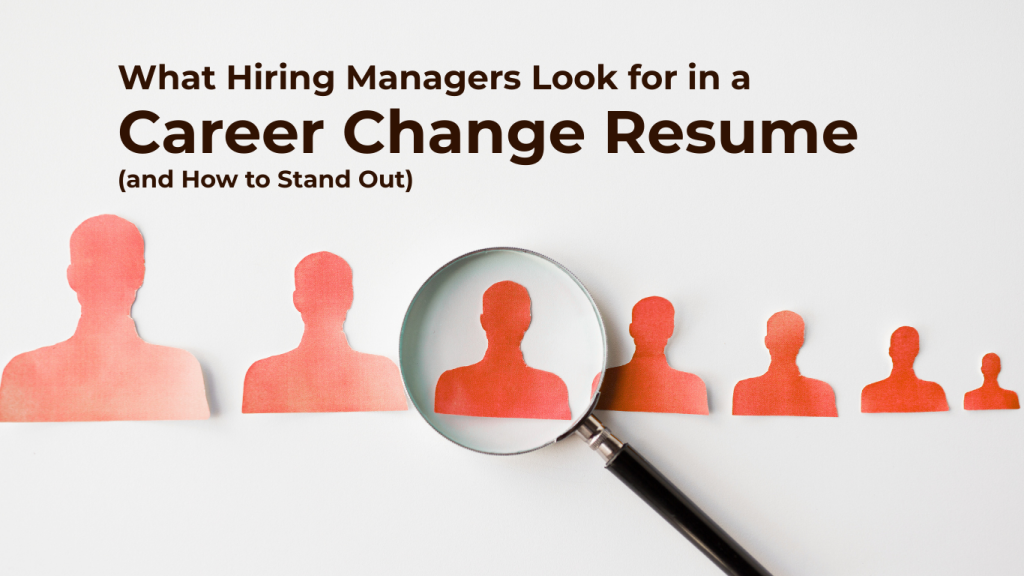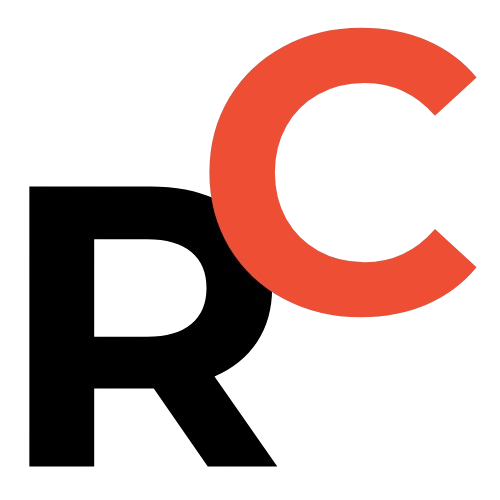
Changing careers can be exciting — but it often comes with one big question: Will hiring managers take my resume seriously if I’m switching fields? The good news is yes — if you present your experience the right way.
In this post, we’ll break down what hiring managers actually look for in a career change resume, how to make your case clearly, and what to avoid. Plus, we’ve included a visual chart, a helpful Q&A section, and useful resources to take your next step confidently.
Why Career Changers Struggle With Resumes
Traditional resumes are built to show a linear career path, but career changers often have experience across industries. That can confuse recruiters unless your resume clearly connects the dots.
Here’s what you need to focus on instead.
What Hiring Managers Actually Look For
What They Want to See | Why It Matters |
Transferable skills | Skills like communication, leadership, and problem-solving work across industries. |
Clear objective or summary | Shows clarity and intent — why are you shifting and what are you aiming for? |
Results and achievements | Hiring managers care more about impact than job titles. |
Relevant certifications or training | Proves your commitment to the new field. |
Tailored resume for the role | Generic resumes are red flags. Show you understand the target role. |
Soft skills and adaptability | Switching careers is hard — show you’re resilient and quick to learn. |
Evidence of research into the new industry | Hiring managers want to see you’re not taking the leap blindly. |
Visual Summary: Key Elements Hiring Managers Want
You can recreate or host your chart on platforms like Canva or Lucidchart
Optimize Your Resume & Job Application With Recruiter-Trained AI: How to Structure Your Career Change Resume
- Start with a powerful summary
- Mention your current/previous role, your target role, and the value you bring.
- Example: “Customer success professional transitioning into product management, bringing 5+ years of user-centric thinking and cross-functional collaboration.”
- Focus on transferable skills
- Use a skills section to highlight tools or soft skills relevant to your new industry.
- Reframe your experience
- Emphasize accomplishments, not duties.
- Example: “Led cross-team initiatives that improved user satisfaction by 25%” instead of “Managed team meetings.”
- Add a relevant training or certification section
- Courses, bootcamps, or licenses signal seriousness and industry-specific knowledge.
- Use job-specific keywords
- Tailor each resume to the job description to pass ATS (Applicant Tracking Systems). Use Resume Captain to optimize your resume here!
Q&A: Career Change Resume Edition
Q1: Should I include all my past work history?
A: Not necessarily. Prioritize roles and achievements that relate to the skills required in your target job.
Q2: How do I explain the career switch?
A: Briefly explain it in your resume summary and cover letter. Focus on your passion, preparation, and transferable value.
Q3: Will hiring managers overlook my resume because I’m not from the same industry?
A: Not if you make the value clear. Highlight relevant skills, results, and growth mindset.
Q4: Do I need a functional resume?
A: Hybrid resumes (skills + experience) often work better than purely functional ones, which can seem vague or evasive.
Pro Tips to Maximize Your Impact
- Use strong action verbs (Led, Built, Improved, Created).
- Quantify results whenever possible.
- Mirror the language from job descriptions.
Avoid industry-specific jargon from your old field that won’t translate.
Final Thoughts
Hiring managers don’t expect you to have the exact background — but they do expect clarity, relevance, and results. With a well-crafted, intentional resume, you can show them you’re not just a career changer — you’re a valuable asset.



